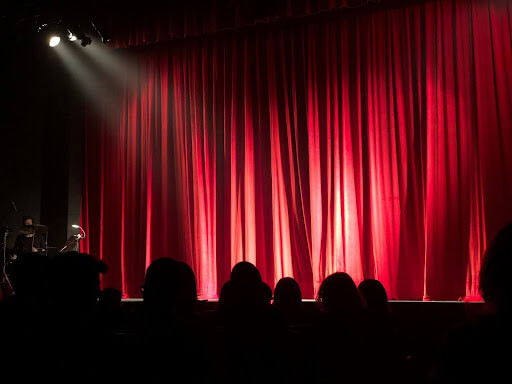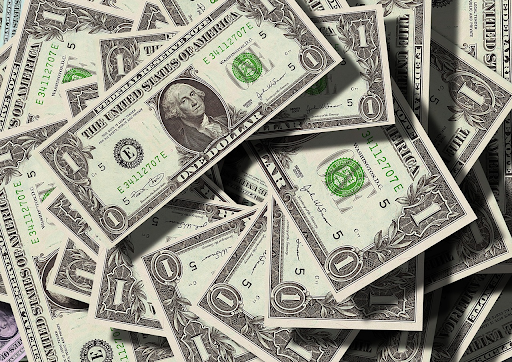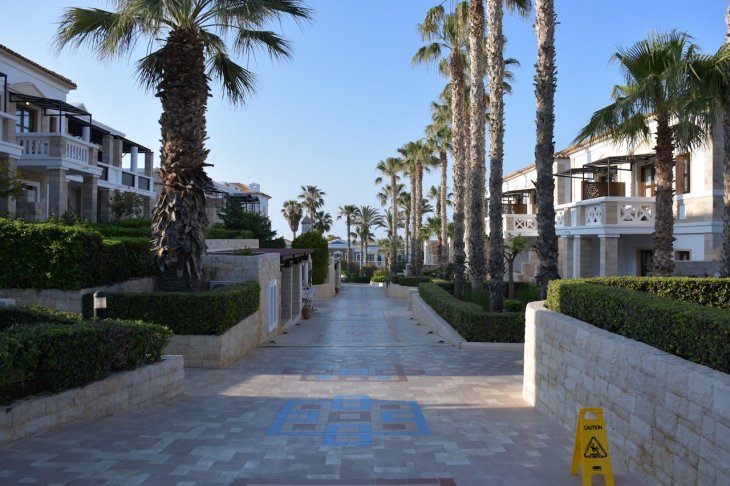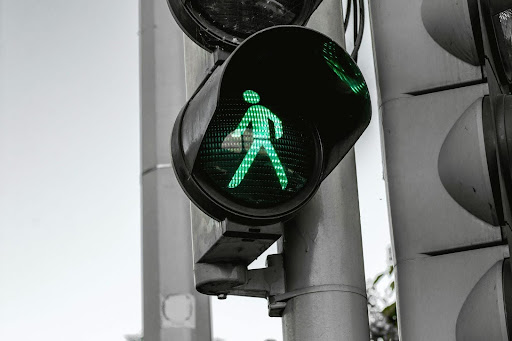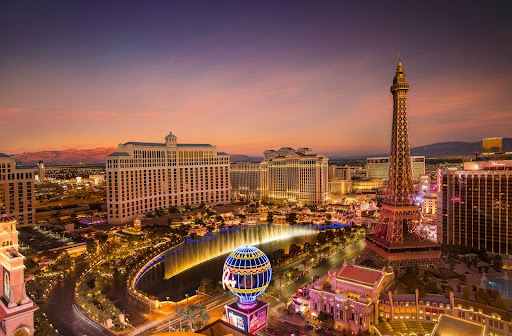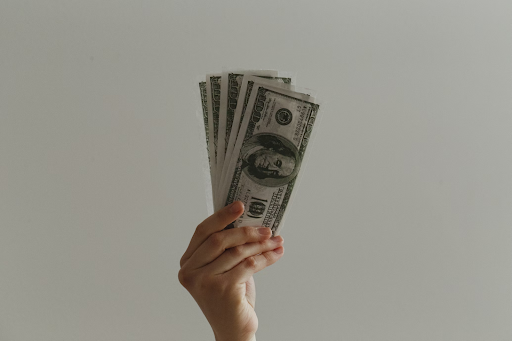Pacific Palisades doesn’t just sit quietly by the coast—it moves to its own rhythm, a place where past and present shake hands without ceremony. The tree-lined streets curve toward the ocean like brushstrokes on a canvas that’s still drying. There’s a sense here that tradition isn’t something to archive—it’s something to rework, remix, and sometimes even flip upside down. Old-school theatre shares space with streaming culture, and somehow, it all fits.
Pacific Palisades thrives on its unique blend of tradition and innovation. Beyond its artistic venues and historic architecture, the neighborhood embraces cutting-edge digital experiences. Local galleries now experiment with NFT-backed exhibitions, allowing art collectors to verify ownership with a single scan.
Meanwhile, community events increasingly incorporate augmented reality layers—interactive tours, digital murals, even real-time translations for international visitors, and in some circles, even blockchain-powered gaming platforms. One standout example is the rise of the best crypto casinos. These sites offer a secure and anonymous gaming environment, featuring thousands of games ranging from classic slots to immersive live dealer tables. Their blockchain-based systems ensure provably fair outcomes and instant crypto transactions, aligning with the community’s appreciation for both privacy and technological advancement. Many also entice new users with generous welcome bonuses and ongoing promotions tailored to crypto enthusiasts.
This digital evolution complements the Palisades’ cultural landscape, where innovation is not confined to tech hubs but is interwoven into the daily fabric of the community. Whether it’s through interactive art installations, virtual reality experiences, or embracing decentralized platforms, Pacific Palisades exemplifies how tradition and modernity can coexist, enriching the community’s dynamic character.
Even the buildings here get in on the act. Strolling around, you’ll spot mid-century homes that wear the past on their sleeves but sneak in the future behind the scenes. Picture it: warm wood beams, but also motion-triggered lighting and invisible solar arrays. A patio that opens at a whisper. It’s not just design—it’s dialogue, between legacy and what comes after.
That same pulse runs through intimate local gatherings like “The Way We Were: Shared Memories of a Village Lost.” No big lights or red carpets—just people sitting together, swapping memories like old records. What starts as a look back at the sleepy beach town it once was becomes a full-blown conversation about what’s next. These moments don’t just archive history—they shape how it keeps breathing.
Let’s talk about The Getty Villa. At first glance, it’s a slice of antiquity—stone colonnades, frescoed halls, a courtyard that could fool anyone into thinking they’d time-traveled. But don’t let the classical facade fool you. Inside, the programming pulses with contemporary relevance. Not long ago, the Classical Theatre of Harlem brought “Memnon” to life there—a bold reinterpretation that blended ancient epic with modern cadence. The result was a production that didn’t just echo through history; it reverberated through the present. In the same space that recently had to be rescued from the edge of wildfire, culture proves it can still burn brighter than any threat.
From vintage cinemas adapting to host digital screenings to neighborhood festivals incorporating interactive installations, entertainment in Palisades feels like a living organism, always shifting but grounded in something deeper.
Even the music drifting from cafes and community events reflects this cultural interplay. Acoustic guitar meets synth beats. Folk harmonies blend with spoken word. Rather than sticking to genre lines, performers stretch across decades and continents, creating something original, something entirely of the moment.
What emerges from all this is a rare kind of balance: a neighborhood unafraid of change but unwilling to forget where it came from. It’s not about nostalgia, nor is it blind futurism. It’s about weaving the two into something richer. In a world that too often pits past against progress, Pacific Palisades quietly shows that the most compelling cultural scenes aren’t either/or—they’re both.

